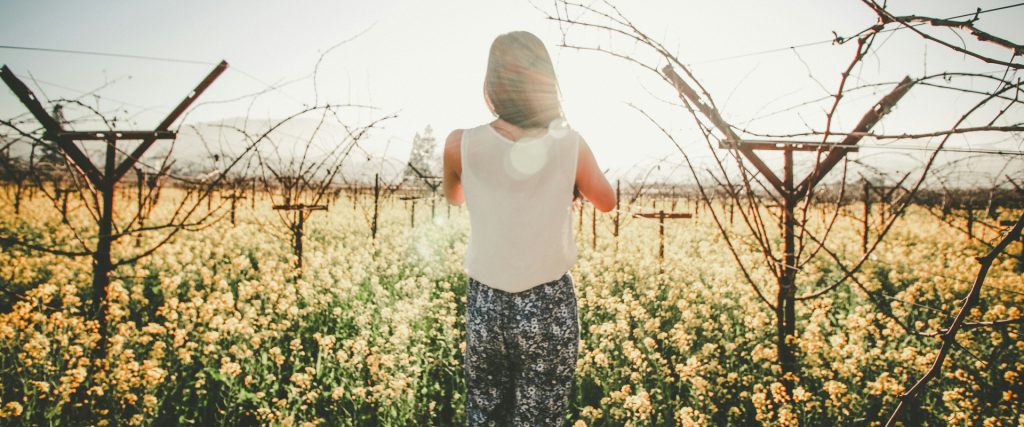With input from an expanded number of viticultural enterprises from across the country, Amfori, Bodegas de Argentina (BdA) and Wines of Argentina (WofA) presented their second study of gender perspectives, performed by Perspectiva Consultora, which produced a surprising statistic when it came to women in oenology: women account for 60% of the profession. The report can be read here and the presentation viewed here.
The report “Gender Perspectives in the Viticultural Sector” obtained data from 58 wineries in Mendoza, Salta, Córdoba, San Juan, La Rioja, Buenos Aires, Tucumán and Neuquén in an effort to assess the working experience of women and men in different areas of the industry.
Women in oenology: the division of labor
The survey took measured the size and location of the participating wineries and how women and men are distributed across the professional structure, breaking the employment information down by gender, level of education and the companies’ gender policies. The data obtained shows that inequality is still present in the industry, with a clear participation gap (of every ten people working in the viticultural industry, 3 are women and 7 men). However, one of the most important statistics produced by the study was that in the key area of oenology, women are in the majority.
Out of 15 professional sectors, seven are majority male, 5 are equal and four are majority female. The sectors with the largest share of women are oenology, human resources, tourism/hospitality, at 63%, and cleaning staff at 71%.
Regarding the striking majority of women in oenology, Débora Robledo, a sociologist at Perspectiva Consultora, says: “The statistic led us to a study carried out by the Universidad Nacional de Cuyo which shows that in general women make up a majority of university graduates. Oenology is no exception.”
Women in oenology: why the field is attractive to women

Another explanation for the shift (the 2022 survey showed that men were still in the majority in oenology departments), Robledo says, is that after the pandemic many wineries implemented hybrid working models with more flexible working hours which may have encouraged greater participation of women.
In any case, she said that the methodology of the study does not yet allow for greater specificity regarding the working conditions, roles and hierarchical position of women oenologists. The study also reflects the vertical segregation of professional structures, with women under-represented in management and decision-making roles, a phenomenon known as the “glass ceiling.”
Magdalena Pesce, the general manager of Wines of Argentina, agreed with the conclusions of the experts at Perspectivas Consultora. “We were surprised but on reflection it seemed logical because for several years we’ve seen a greater number of women earning degrees in oenology.” She also highlighted the fact that the significant progress indicated by the study should not mean a reduction in efforts across the industry to improve the visibility and inclusion of women in areas traditionally dominated by men.
In spite of the significant changes that are occurring year on year, we shouldn’t make the mistake of thinking that the industry doesn’t still have an issue. That’s not the message. We need greater information so we can cross-reference with a greater number of variables.”
She also said it was necessary to expand our understanding of the role of women in oenology: “Something we need to implement next year is to add information about the roles these women have in oenological teams. This is information that we need for a complete analysis.”
Jimena Sánchez, who represents the Amfori Network in Latin America, advised caution when analyzing the data and said that it is important to underline the greater visibility of women in the industry. She also said that for some time the organization has been including gender perspectives in its surveys, including the supply chains, at the request of their partners, especially those in Scandinavian countries.
“Our partners are interested not only in buying good quality products at a good price that are also beneficial for human rights and the environment, they also want to take gender issues into account. They don’t want supply chains and suppliers where significant inequalities are still present.”
Plenty of work still to do

Milton Kuret, the Executive Director at BdA, said that it is a good thing that “mixed teams are being formed because they will offer up distinctive visions.” He also emphasized the importance of the Bodegas de Argentina Sustainability Protocol in improving gender policies across the industry. “We have an important element that, when one looks at how each point is worded, developed and evaluated, one sees how it can be a useful management tool for certified wineries.”
“Chapter 12 especially values human resources from different perspectives ranging from inclusion to compensation, qualification and evaluation at the company. It certainly assesses and prizes inclusiveness.”
These results notwithstanding, the industry knows that more action is needed. Magdalena Pesce reports that at WofA, in addition to developing programs such Women Of Argentina, with the objective of achieving an egalitarian, sustainable and inclusive culture in the world of wine, and including gender considerations in every one of the industry’s activities, the Micaela Law has helped to improve relevant training across viticulture.
So far, 30 wineries from the different provinces have been trained in the law and the same number joined the survey for the first time this year. “At WofA we’ve been implementing a new annual training program in the Micaela Law in partnership with the Mendoza Government. That helped to bring more wineries across the country into the survey. Thanks to our efforts, we have received a million euros from the European Union to invest in Sustenta Vitis, our comprehensive sustainability program.”



